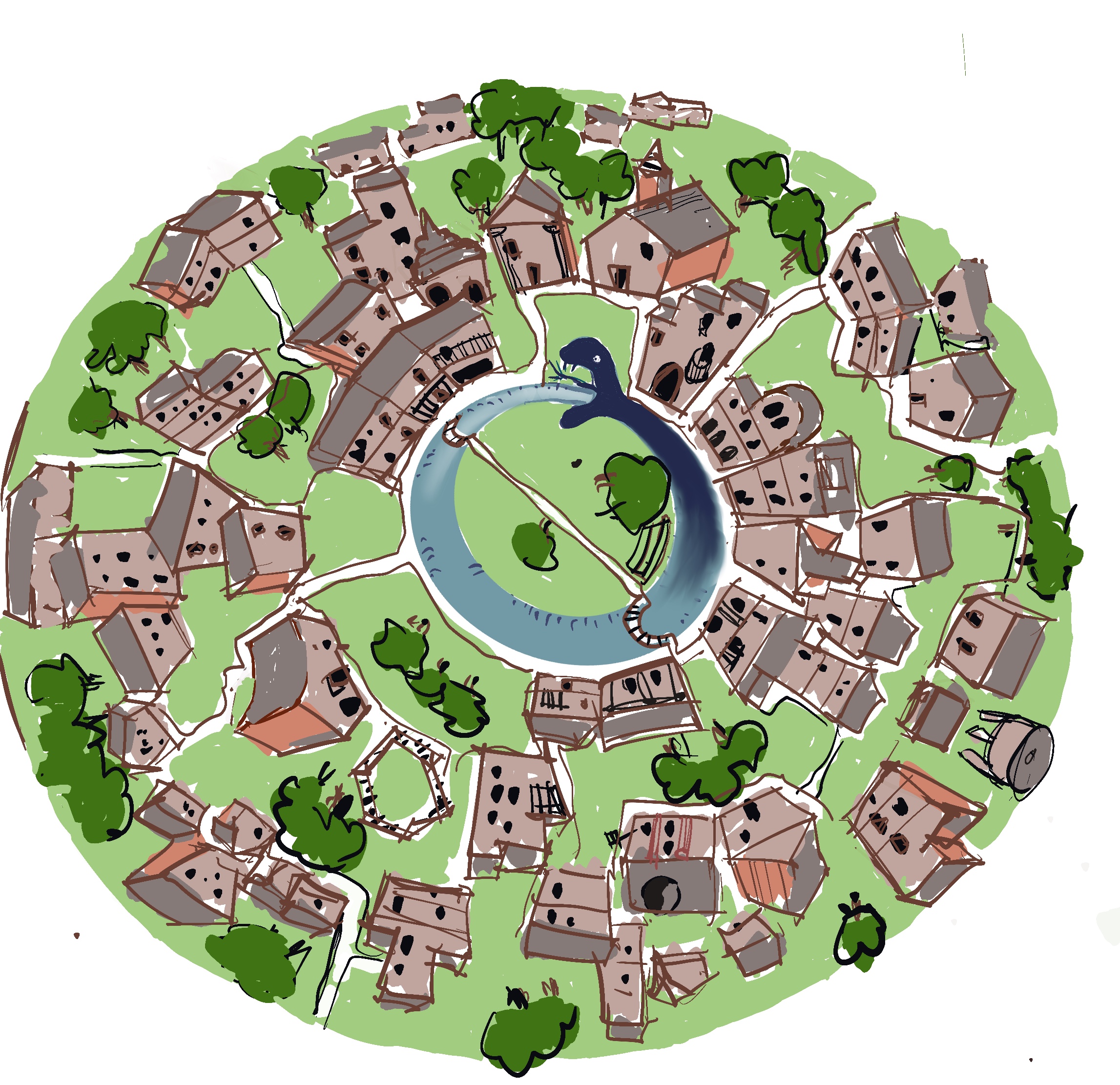In 1984, architect Jagdeep Desai, then the Editor of the Journal of Indian Institute of Architects (JIA) had reached out to Nari Gandhi, seeking his perspective on the state of architecture in India. The reply Desai received was a searing indictment of the profession, a passionate cry for integrity in an increasingly commercialized world. Gandhi’s response, penned with the same raw honesty that characterized his buildings, laid bare the ethical dilemmas and existential challenges facing Indian architecture.
Gandhi’s words below have been reimagined for better clarity, maintaining the original intent.
“Greetings,
I have received your letter, and this is my response. As my time here is limited, I cannot provide a detailed reply.
Architecture, in its true essence, is akin to a gentleman among beings lacking integrity that populate our superficial world today. Just as Mahatma Gandhi exemplified gentlemanly qualities in a way that Nehru did not, genuine architecture is rare. It cannot be forced or manufactured en masse.
Politically, various constructions may be labeled as architecture, and individuals may call themselves architects simply by being certified by those who lack true understanding. A life without character is not worth living; even the existence of a blade of grass is more noble. This integrity is what we completely lack in our field.
When we merely discuss philosophy without living it, we engage in hypocrisy. This hypocrisy is omnipresent. How can we achieve low-cost construction when all the necessary clearances and permits are so expensive? Even if the building itself cost nothing, the resulting structure would still be high-cost due to these factors.
I cannot and do not build anything in the city. It’s impossible to deny that small practices struggle to survive; only large firms can thrive. They sustain themselves through bribes and favors, exchanging jobs over drinks or meals.
Housing is not the obligation of what we call government administration. It is an individual need that should be addressed by individuals. It never was and never can be the government’s responsibility. You may disagree, but this is the unfortunate state of affairs we call Architecture.”
Also Read:




